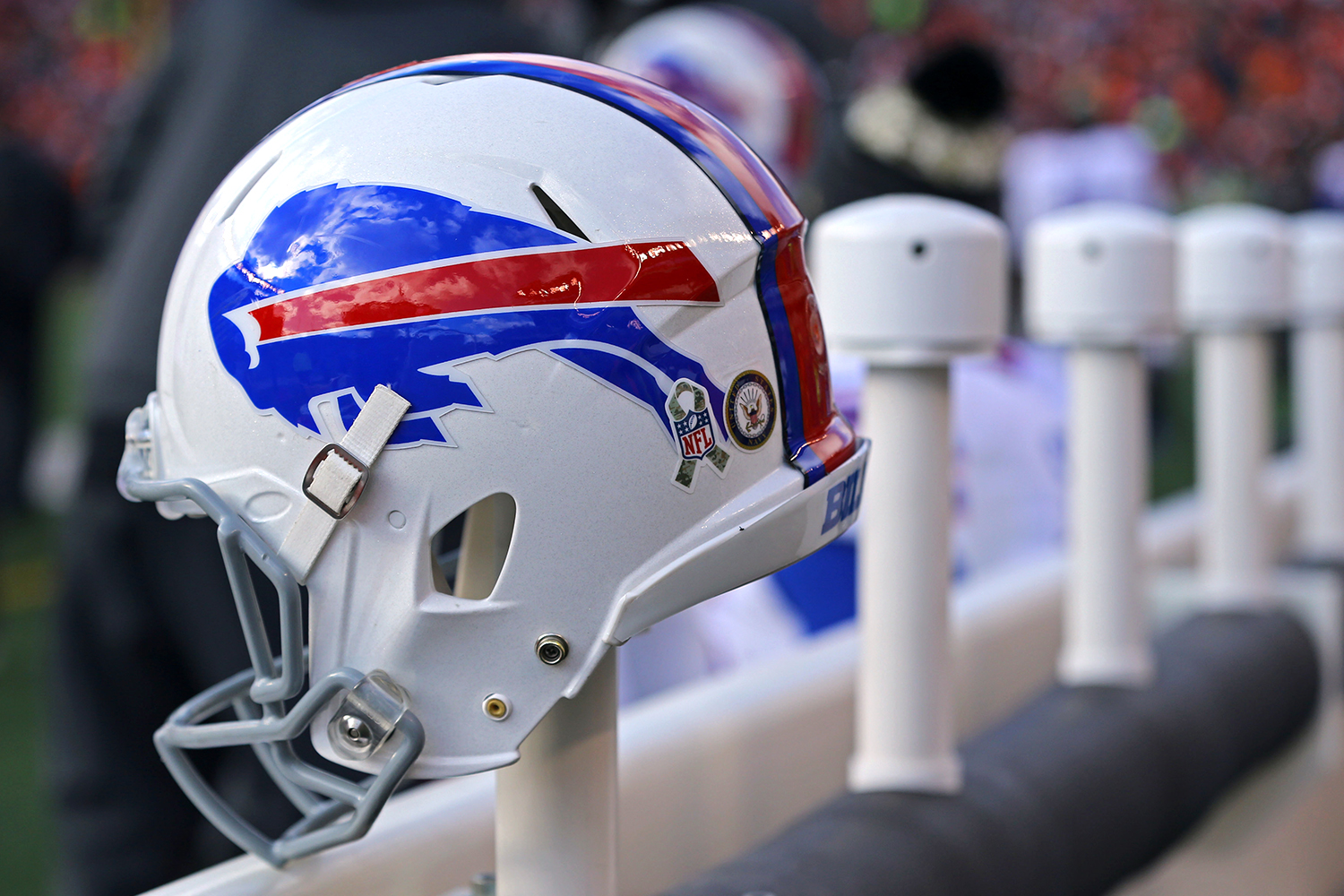The Buffalo Bills were the sixth team to be admitted to the fledgling American Football League. On October 28, 1959, Ralph C. Wilson was handed the franchise. Since then, the Bills have had extended periods of championship dominance as well as second-division dissatisfaction.
The Bills’ first taste of success came in their fourth season, 1963, when they matched for the AFL Eastern division title but lost in a playoff to the Boston Patriots.
However, in 1964 and 1965, they not only won their division but also defeated the San Diego Chargers in the AFL championship game. After the 1965 season, head coach Lou Saban, who was elected AFL Coach of the Year every year, resigned.

In the 1966 AFL championship game, Buffalo was defeated by the Kansas City Chiefs, and as a result, they were unable to participate in the inaugural Super Bowl.
The Bills then plummeted, winning only 13 games while losing 55 and tying two over the next five seasons. Saban returned in 1972, fully utilizing the Bills’ famous running back, O. J. Simpson, and restoring the Bills’ competitiveness. Simpson’s 2,003-yard rushing record established in 1973 was a highlight of that era.
However, Saban was fired in mid-season 1976, and the Bills fell back into the second division until a new coach, Chuck Knox, led them to the AFC Eastern division title in 1980.
Buffalo made the playoffs again in 1981 but fell to Cincinnati. Buffalo supporters’ roller coaster trip continued in the mid-1980s, with six straight losing seasons.
When did Buffalo Bills join NFL?
The Buffalo Bills are a charter member of the American Football League and a professional American football team founded in 1960.
The Buffalo Bills joined the NFL in 1970 following the AFL-NFL merger.
